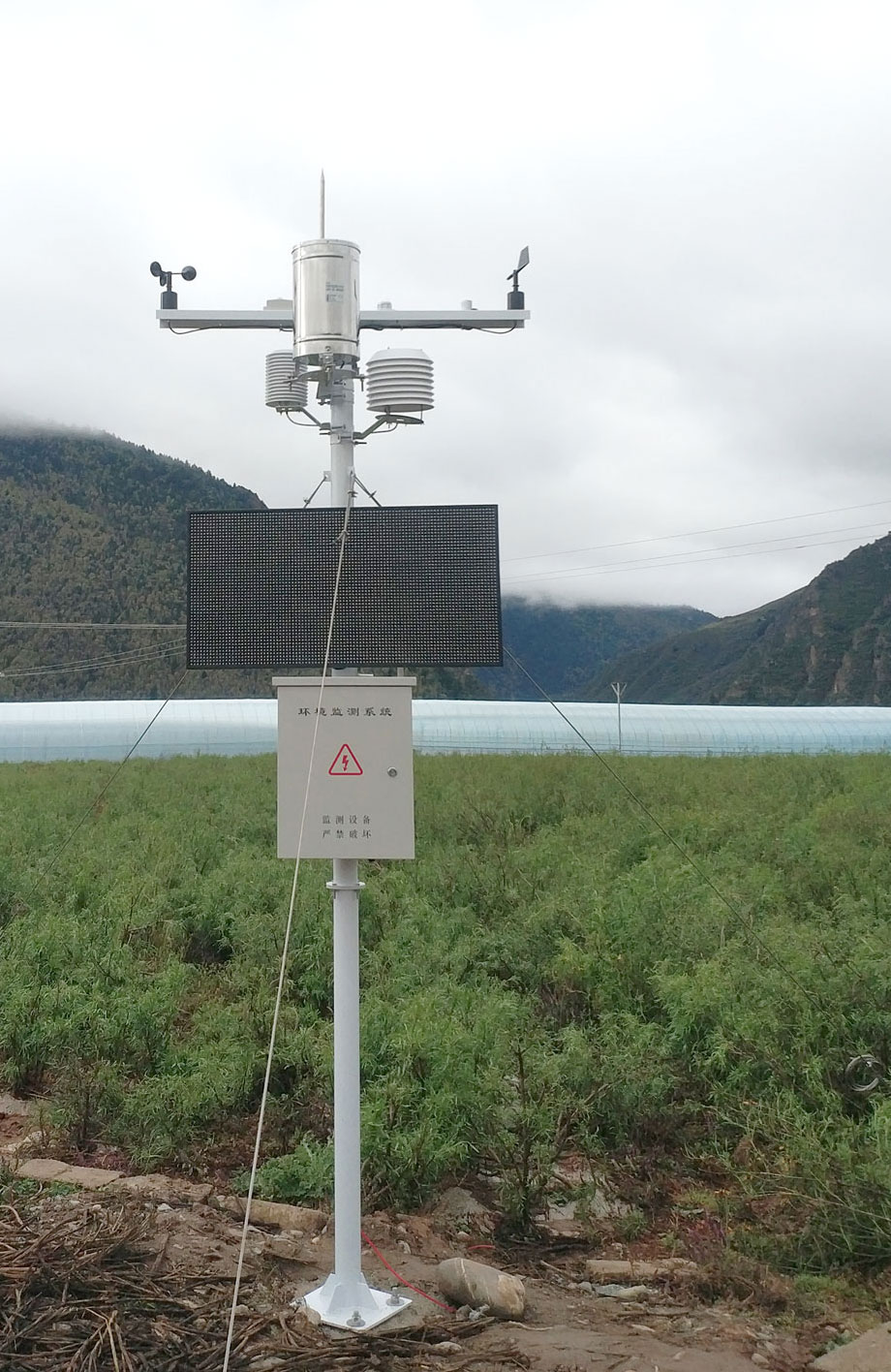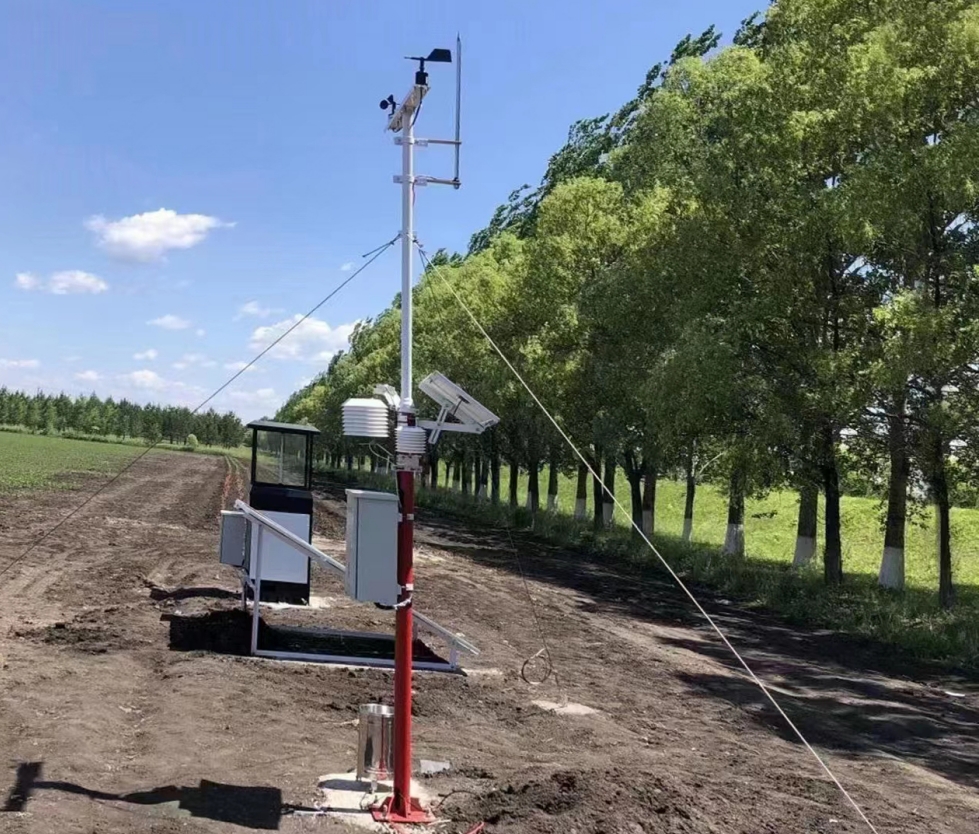

— Blogs —
—Products—
 Consumer hotline +8618073152920
Consumer hotline +8618073152920 WhatsApp:+8615367865107
Address:Room 102, District D, Houhu Industrial Park, Yuelu District, Changsha City, Hunan Province, China
Product knowledge
Time:2025-03-25 09:35:49 Popularity:71
Small weather stations are crucial tools for monitoring meteorological data, and their installation and maintenance directly impact the accuracy of data and the long-term stability of the equipment. The following is a detailed guide on the installation requirements and maintenance of small weather stations, aiming to help users ensure the reliable operation of the equipment and obtain precise data.
Correct installation is the foundation for ensuring the proper operation of a small weather station. The following are key requirements during the installation process:
- Open Space: Choose a location with an unobstructed view, free from tall buildings, trees, or other obstacles within 10 meters to avoid interference with wind speed, wind direction, and light data.
- Avoid Electromagnetic Interference: Stay away from transformers, high-voltage power lines, and other areas with strong electromagnetic fields to prevent interference with pulse signals and affect data accuracy.
- Terrain Conditions: Prefer flat areas to avoid low-lying areas where water may accumulate, ensuring the safety of the equipment.
- Arrangement: Arrange multiple instruments along the east-west direction in rows and in the north-south direction in columns.
- Spacing Requirements: Maintain a minimum distance of 4 meters between instruments in the east-west direction and at least 3 meters in the north-south direction to ensure that instruments do not interfere with each other.
- Edge Distance: Ensure that instruments are at least 3 meters away from the edge of the site (such as fences) to facilitate maintenance access from the north.
- Height Distribution: Place higher instruments (e.g., anemometers) on the north side and lower instruments (e.g., temperature and humidity sensors) on the south side to reduce shading effects.

- Roof Installation: If space is limited, instruments like global radiation, scattered radiation, sunlight, or wind speed sensors can be installed on an open roof platform to ensure good sky observation conditions.
- Surface Matching: Instruments measuring reflected radiation or net radiation should be installed on representative ground surfaces (e.g., grass or soil) to reflect real environmental data.
- Secure Installation: Use expansion bolts and cement foundations to securely fix the equipment, preventing damage from strong winds, animals, or other external forces.
- Lightning Protection: Install lightning rods and grounding systems to ensure lightning strikes are safely directed into the ground, protecting the equipment from lightning damage.
- Direction Calibration: Wind direction sensors are usually marked with a guide mark. During installation, the sensor should be aligned with the south to ensure accurate wind direction data.
- Ease of Maintenance: Instruments should be placed near small roads on the south side for easy access and operation by staff from the north.
- Surface Protection: Avoid scratching the instrument surface during installation, and keep the protective film intact to prolong the equipment's lifespan.

Regular maintenance and care are essential for ensuring the long-term stable operation of the small weather station and reliable data. The following are key points in the maintenance process:
- Avoid Coating: Do not apply paint or coatings on the equipment as this may block detachable parts and affect normal operation.
- Surface Cleaning: Use a soft, dry cloth to regularly wipe the instrument surface to remove dust and dirt, avoiding scratches from hard objects.
- Protective Film: Try to maintain the integrity of the protective film on the instrument surface to reduce wear and extend its lifespan.
- Connection Check: Inspect all components monthly to ensure screws, cables, and connectors are not loose or damaged.
- Batteries and Power Supply: Regularly check the battery or power supply to ensure the equipment will not be interrupted due to power shortage.
- Lightning Protection System: Ensure the lightning rod and grounding system are functioning properly, especially before the stormy season.

- Gentle Handling: Avoid rough handling during transportation or maintenance to prevent damage to internal circuits or sensors.
- Specialized Tools: Use specialized cleaning tools to avoid accidental damage to the equipment.
- Regular Calibration: Calibrate sensors every 6-12 months to ensure data accuracy.
- Troubleshooting: Compare historical data to identify anomalies (such as sudden changes or prolonged stagnation) and check and repair the equipment promptly.
- Wind Reinforcement: In windy areas, regularly check fixing devices and reinforce supports when necessary.
- Moisture Protection: In humid environments, inspect the equipment’s waterproof capabilities to prevent moisture infiltration.
Proper installation minimizes environmental interference, and regular maintenance ensures the sensors operate correctly. Together, these factors ensure the reliability of the data.
Secure installation and careful maintenance reduce wear and tear on the equipment, lowering replacement costs.
Whether in agriculture, campus monitoring, or forest fire prevention, accurate meteorological data relies on proper installation and maintenance.

The installation and maintenance of small weather stations are key steps to ensuring their performance. During installation, choose an open site, arrange the instruments properly, secure the equipment, and implement lightning protection. In maintenance, regularly clean, check connections, calibrate data, and protect the equipment. By following these guidelines, users can maximize the functionality of small weather stations, obtain accurate meteorological data, and support decision-making and management in agriculture, research, and other fields. Regardless of environmental conditions, standardized installation and maintenance will make the small weather station a reliable monitoring partner.
Prev:Role and Significance of Small-Scale Weather Stations in Agricultural Planting
Next:Requirements for Meteorological Station Site Selection and Its Importance
Related recommendations
Sensors & Weather Stations Catalog
Agriculture Sensors and Weather Stations Catalog-NiuBoL.pdf
Weather Stations Catalog-NiuBoL.pdf
Related products
 Combined air temperature and relative humidity sensor
Combined air temperature and relative humidity sensor Soil Moisture Temperature sensor for irrigation
Soil Moisture Temperature sensor for irrigation Soil pH sensor RS485 soil Testing instrument soil ph meter for agriculture
Soil pH sensor RS485 soil Testing instrument soil ph meter for agriculture Wind Speed sensor Output Modbus/RS485/Analog/0-5V/4-20mA
Wind Speed sensor Output Modbus/RS485/Analog/0-5V/4-20mA Tipping bucket rain gauge for weather monitoring auto rainfall sensor RS485/Outdoor/stainless steel
Tipping bucket rain gauge for weather monitoring auto rainfall sensor RS485/Outdoor/stainless steel Pyranometer Solar Radiation Sensor 4-20mA/RS485
Pyranometer Solar Radiation Sensor 4-20mA/RS485
Screenshot, WhatsApp to identify the QR code
WhatsApp number:+8615367865107
(Click on WhatsApp to copy and add friends)